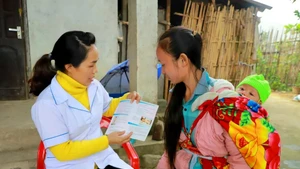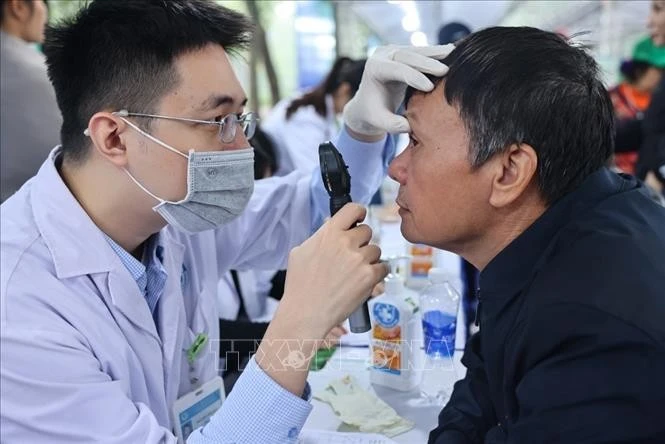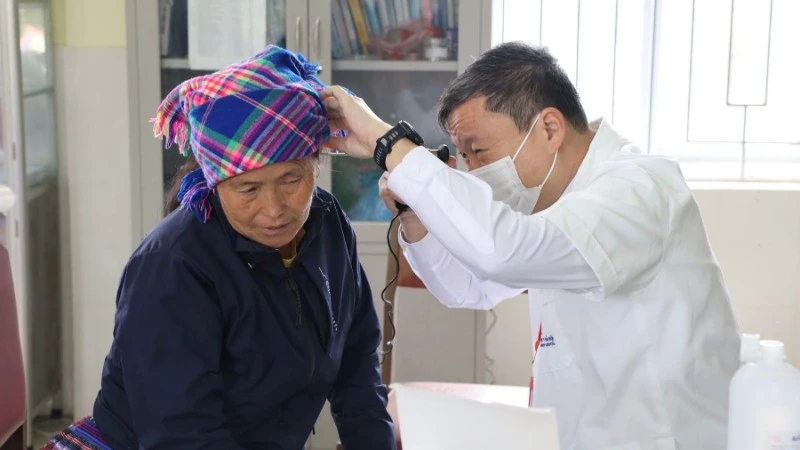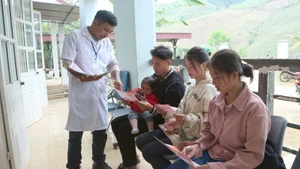According to the Ministry of Health, one in every ten babies born worldwide is premature — and Vietnam is no exception. Each year, more than 100,000 babies in Viet Nam are born prematurely. Reports indicate that preterm and low birthweight infants account for 19% of the neonatal disease burden. The leading causes of neonatal death include prematurity, low birthweight, birth asphyxia, trauma during delivery, congenital defects, and infections, with prematurity and low birthweight making up 25% of these causes.
Preterm infants face numerous serious health risks and long-term consequences due to underdeveloped respiratory systems, making them particularly prone to life-threatening conditions like acute respiratory distress syndrome and pneumonia. In addition, their weak immune systems leave them more susceptible to infectious diseases, further increasing the risk of death and serious complications.
Reducing the risk of preterm births is therefore essential and must be prioritised in health care strategies. Recognising this, Viet Nam became the first country in Asia and the second in the world to ratify the United Nations Convention on the Rights of the Child (UNCRC). Among the UNCRC’s four fundamental groups of rights, two are directly related to health: the right to survival and the right to development.
In implementing the UNCRC, with strong commitment from the Party and the State, significant government investment, the tireless efforts of health workers nationwide, the involvement of various ministries and agencies, and support from both domestic and international organisations, Viet Nam has achieved its targets for reducing maternal and child mortality and malnutrition rates ahead of schedule.
These achievements have been recognised by the international community, with Viet Nam regarded as a leading example in realising the United Nations Millennium Development Goals.
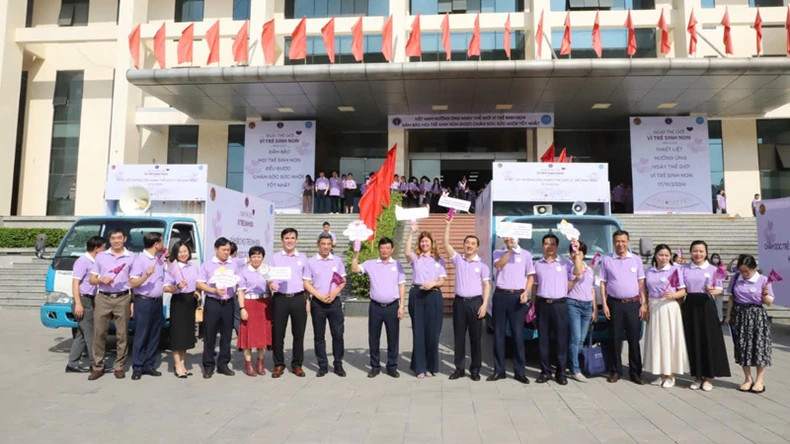 |
| Delegates at the ceremony marking World Prematurity Day 2024 in Bac Ninh province. |
From 2015 to 2023, the under-five mortality rate in Viet Nam fell from 22.1‰ to 18.2‰; the infant mortality rate (under one year old) declined from 14.7‰ to 12.1‰; and the neonatal mortality rate dropped from 12‰ to 9.8‰. The country is actively implementing specialised interventions to reduce neonatal deaths, with a particular focus on reducing mortality among low birthweight and preterm infants.
According to Deputy Minister of Health Tran Van Thuan, Vietnam has made remarkable progress in neonatal care in recent years. The country has successfully treated, cared for, and nurtured many preterm infants weighing under 500g, enabling them to develop physically and intellectually and attend school like any other child.
Nevertheless, alongside these notable improvements in maternal and child health, Viet Nam continues to face three major challenges that demand attention. First is the health disparity between regions, particularly in remote, mountainous, and ethnic minority areas, where maternal and child health indicators are two to three times worse than in urban areas. For instance, maternal mortality among the H’Mông ethnic group is seven times higher than that of the Kinh majority.
Secondly, the decline in neonatal mortality is much slower compared to reductions in under-one and under-five mortality. Viet Nam’s under-five mortality rate remains significantly higher than that of developed countries, where the rate is as low as 2–3‰. In light of this, greater efforts are needed to reduce neonatal deaths, especially those resulting from preterm birth and low birthweight, ensuring that all preterm babies receive the best possible care.
To gradually reduce preterm and low birthweight rates and lower neonatal mortality, strong coordination is needed between the health sector and other ministries, local authorities, and communities. This includes raising awareness, improving maternal health care, preventing preterm births, and ensuring timely treatment for premature infants, with support from both domestic and international organisations.
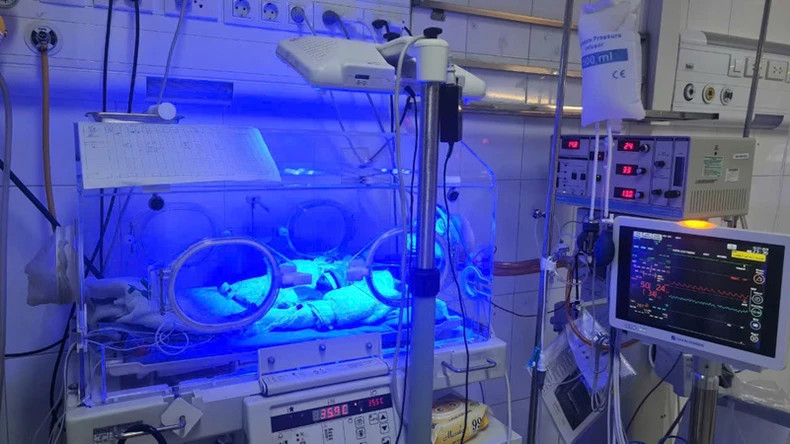 |
| Preterm infant care at Bac Ninh Provincial General Hospital. |
Local health sectors should enhance the delivery of quality maternal and child health services, improve the quality and coverage of prenatal and newborn screening for certain conditions, and provide proper prenatal care in accordance with Ministry of Health guidelines. Timely identification of pregnant women at risk of preterm labour is also essential, so they can receive counselling and be referred to specialised facilities for appropriate care and treatment.
Furthermore, women of reproductive age should have access to preconception health services to reduce risks and ensure optimal health before pregnancy. Women identified as being at risk of preterm birth should receive specialised care to prevent early delivery effectively. Information technology should be leveraged to connect health data systems, enabling better management of maternal and child health and reducing preventable causes of preterm birth.




